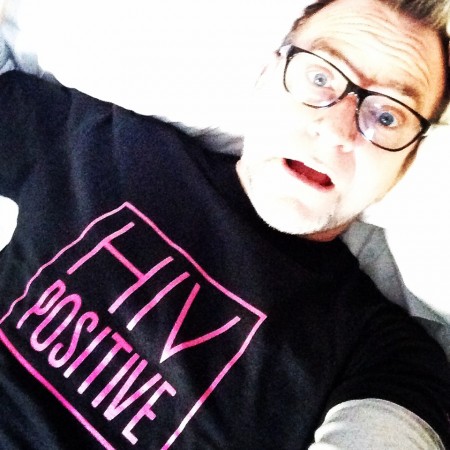A couple of (lengthy) comments on the #PrEP decision today:
1. Don’t blame PBAC
We’re all angry and disappointed by this decision, but it’s important we’re clear where our anger is directed. A fair few of the comments I’ve seen in the last couple of hours have expressed anger at PBAC for making the decision the way they did. But it’s Gilead, not PBAC, we should be angry with.
PBAC operates to a very narrowly-defined mandate: its one and only task is to determine whether drug listing are cost-effective. For a novel intervention like PrEP, that means comparing the cost of what the drug company is offering with the cost of doing nothing. Simply put, if the benefit is greater than the cost, the drug gets recommended; in this case, the cost outweighed the benefit.
PBAC also only considers the application made by the drug company. To protect its profits, Gilead chose to make their application based on only approving PrEP for people at very high risk of HIV (specifically, those with a greater than 3% risk of infection in 12 months), and at a high cost (we don’t know the exact cost they quoted, but we can assume it’s not much different from the current PBS price of $750/month). PBAC quite rightly questioned how practical or feasible it would be for doctors to determine which of their patients had a greater than 3% annual risk of HIV infection, and made it crystal clear they would prefer to see an application that would make PrEP available to everyone who could benefit, at an appropriately reduced price.
Let’s be clear: those pills cost a few sets each to make, and Gilead had a choice about how to structure its PBAC application. It chose to take a path that would give it the best return while denying PrEP to the majority of people who could benefit from it. That proposal would have seen hundreds of needless HIV infections every year, because its not just people at highest risk who get HIV.
2. The language of the decision
A couple of phrases in the PBAC decision seem to have inflamed people’s passions. I think some clarity is needed.
“attempts to restrict the eligible population by quantifying an individual’s future risk of HIV infection based on self-reported future behaviour, and limiting access to those with a predicted annual risk of infection of 3% or higher, may not be feasible or acceptable to clinicians and consumers.”
This, I think, is unproblematic. PBAC is saying that Gilead’s proposal to limit the use of PrEP to people at high risk “may not be feasible or acceptable.” It would require clinicians to make an assessment of the annual risk of HIV infection based on the patient’s self-reported behaviour. This is likely to be both inexact and practically impossible – if you were a doctor, could you make this judgement in a meaningful way? As PBAC goes on to say, far better to make the drug more widely available and let doctors and patients decided together if they feel the benefit outweighs the risk for that person.
“The PBAC noted that the efficacy of Truvada was highly dependent on adherence, and that it is not clear if subjects at high risk of contracting HIV due to self-reported low adherence to safer sex practices would also have lower adherence to medication.”
This sentence has a lot of people riled up, who have characterised it as saying ‘if gay men can’t be bothered using condoms, why would they bother taking PrEP?’ I think the statement refers back to the earlier questions about the viability of limiting PrEP to people at high risk. Many people at highest risk of HIV have difficulty with safe sex for quite legitimate structural reasons – homelessness, poor mental health, substance abuse issues, low literacy, etc. Limiting PrEP to that group could artificially increase the proportion of PrEP users who have adherence problems (due to the same structural factors) and consequently, this may not be the most efficient way to use the drug. Again, if the price were lower, it could be prescribed based on patient choice rather than arbitrary criteria, and we know most medicines work best when used that way.
Today’s decision has been a huge disappointment, but it’s not the end of the road. It often takes several application to PBAC before a new drug or indication is approved, and Gilead should be encouraged to resubmit. But we as a community have to hold the company to account – its next application must be structured around delivering the best public health outcomes, not the highest profits. Gilead stands to make a lot of money out of PrEP, even if they reduce the price radically, which is what they have to do before we get the outcome we want and need. The gay community has been doing its part to combat this disease for 30+ years, while Gilead and other drug companies have profited massively from it. It’s time for them to come to the table and do their part to prevent, not just profit from, HIV infections.
In the meantime, unfortunately there will be dozens or hundreds of needless HIV infections. We need to do what we can to minimise those, and to care for the unlucky ones who slip through the cracks.
Pills cost pennies, Gilead’s greed is ruining lives.






